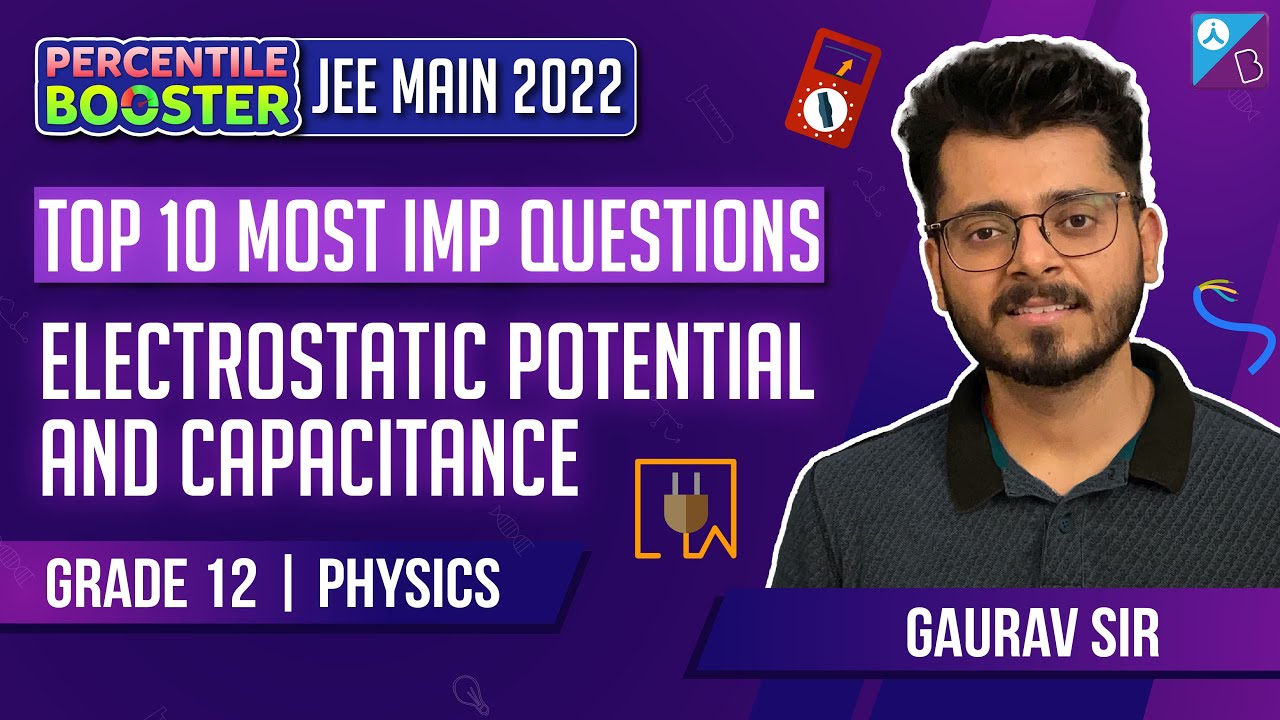Capacitors are used to store electrical energy in an electric field. It holds an electric current when a voltage is applied. The effect of the capacitor is called capacitance. The capacitors are available in different shapes and sizes.
6 Properties of Capacitors
The essential characteristics or properties of capacitors are listed below
Property 1: Capacitance
The most important property of a capacitor is the capacitance. The capacitance describes the capability of a capacitor to store electrical energy for the given value of voltage. The capacitance can be increased by increasing the effective area of the electrodes, decreasing the separation between the electrodes, increasing the insulation by using a suitable dielectric with higher permittivity or improved dipole formation.
Property 2: Working Voltage
The maximum working voltage either DC or AC that can be applied to the capacitor during the entire life of the capacitor without causing a failure is called working voltage.
Property 3: Tolerance
The tolerance value of the capacitor is the extent to which the capacitance is allowed to vary from the nominal value. The tolerance rating is expressed as plus or minus. If the capacitor of capacitance 50μF has a tolerance of ± 10%, then the capacitance will vary from 40μF to 60μF.
Property 4: Leakage Current
The dielectrics used in the capacitors are not perfect insulators. A small amount of current leaks through the dielectric, this is called leakage current.
Property 5: Working Temperature
The change in the surrounding temperature of the capacitor affects the capacitance.
The working temperature of the capacitor is between -300 C and +1250 C.
Property 6: Polarization
The voltage connected to the capacitor terminals must have the correct polarity, i.e. positive to positive and negative to negative.
Video Lessons
Capacitors

Charge Distribution Between Capacitors


Frequently Asked Questions on Properties of Capacitors
What are the characteristics of a capacitor when connected in series?
When the capacitors are connected in series, the total capacitance will be less than the capacitance of an individual capacitor in the circuit.
Do capacitors have voltage?
Yes, the capacitors supply voltage to the circuit just like the battery.
Do the capacitors have polarity?
Capacitors are of two types, one is the polarised capacitor and the other is the non-polarised capacitor.
Are ceramic capacitors polarised?
The ceramic capacitors are not polarised. It can be inserted into the circuit either way.
Do capacitors work in AC or DC circuits?
The capacitors work in both AC and DC circuits.

Comments